Room 4: Enslavement
Introduction
Text-to-speech Audio
Images
Enslaved persons would have been responsible for day-to-day activities such as laundry, cooking, cleaning, and caring for the farm and livestock.
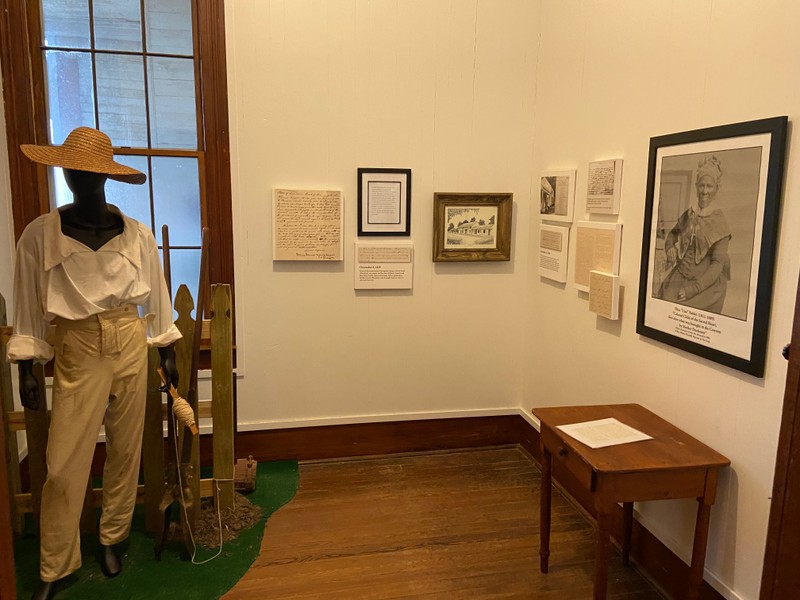
Eliza "Liza" Nebbit was a young enslaved girl who was given to Philippine Duchesne. In 1825, she traveled to Louisiana with Mother Aude and Mother Hardey to establish a foundation, St. Michael's, in Convent, La. In a letter dictated to Reverend Mother Randall in 1880, Eliza called herself, “Colored Child of the Sacred Heart, first slave what was brought in dis Convent by Mother Duchesne.”
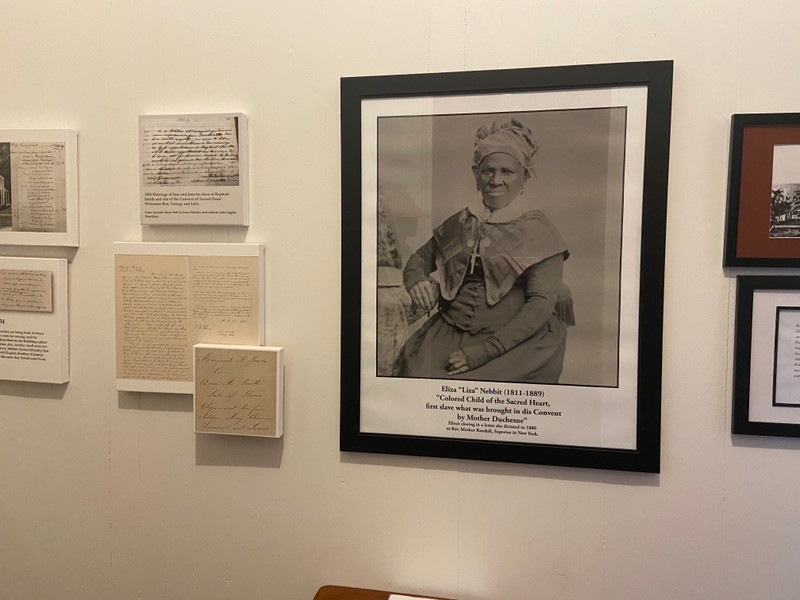
In 1823, Frank Hawkins was the first enslaved person bought by the Religious of the Sacred Heart in Grand Coteau. His prior slaveholder had brought Frank south from Maryland, separating him from his family. After several years in Grand Coteau, Frank learned that his wife and two children were now in the district. Mother Xavier Murphy was able to purchase Jenny, Frank, Jr., and Ben, reuniting the family.
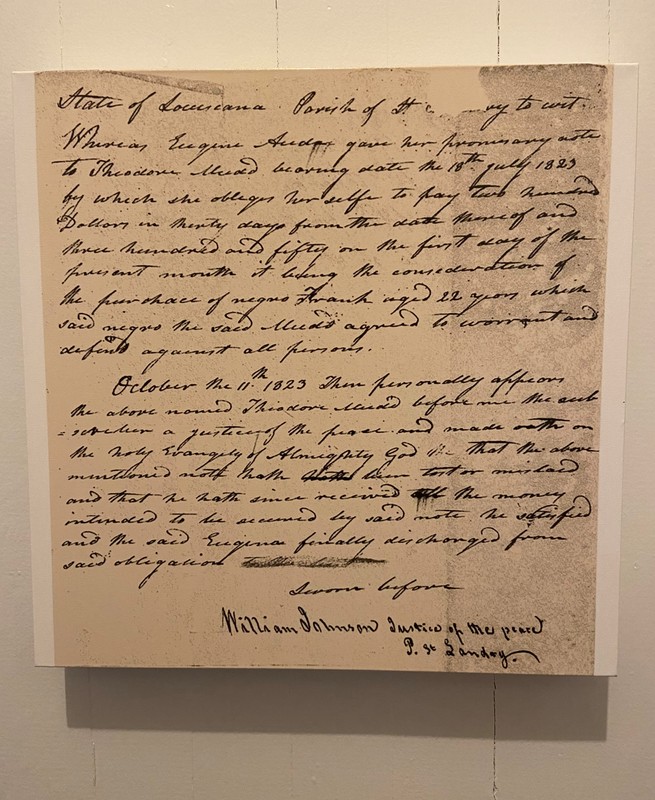
In 1834, the first brick dwellings were constructed for the enslaved persons at the Academy. These quarters are still in existence and now bear a plaque listing the known names of the families and individuals who resided there.
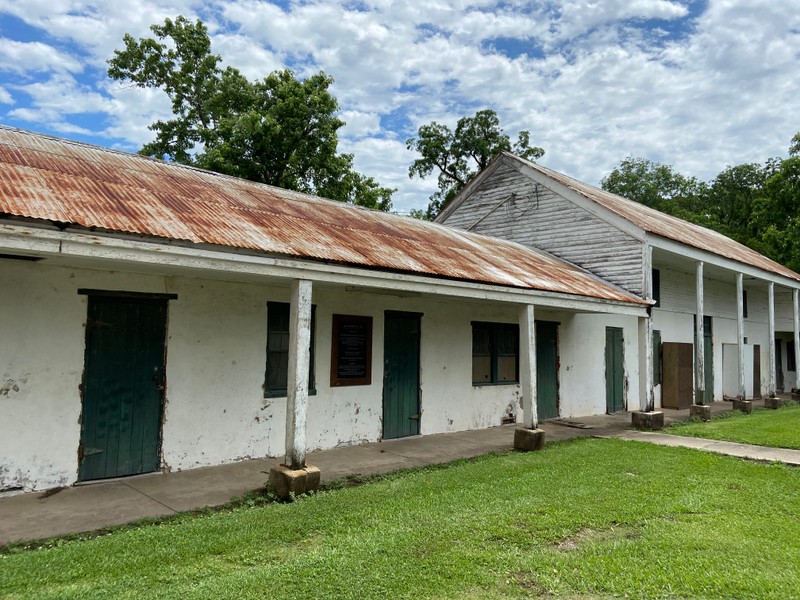
In 2018, as part of the Society of the Sacred Heart’s efforts of reconciliation, the Academy hosted a gathering of descendants and the Society. That day, there was a dedication of a monument in the parish cemetery naming the enslaved persons of the convent known to be buried there.
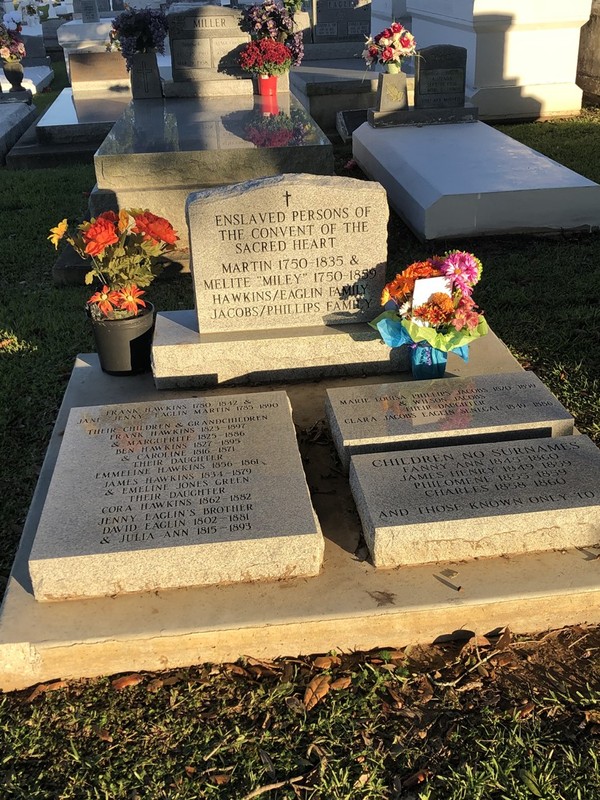
Backstory and Context
Text-to-speech Audio
The first enslaved persons on the property may have been loaned to the Religious of the Sacred Heart by nearby Catholic families who had daughters in the school. The school property was surrounded by plantations owned by slaveholding families.
In 1823, Frank Hawkins was the first enslaved person bought by the Religious of the Sacred Heart in Grand Coteau. His prior slaveholder had brought Frank south from Maryland, separating him from his family. After several years in Grand Coteau, Frank learned that his wife and two children were now in the district. Mother Xavier Murphy was able to purchase Jenny and their children: Frank, Jr., and Ben, reuniting the family. Another reunion was accomplished in 1833 when Mother Murphy purchased Jenny’s brother, David Eaglin, and his wife, Julia. Upon their arrival at the convent, David and Julia were married in a church and their names often appear as baptismal godparents and marriage witnesses. They would work and live at the Convent until their deaths in the late 19th century.
Cite This Entry
Richard, Caroline. "Room 4: Enslavement." Clio: Your Guide to History. July 23, 2020. Accessed April 16, 2025. https://theclio.com/entry/107005
Sources
The Committee on Slavery, Accountability and Reconciliation. Our History of Enslavement, Society of the Sacred Heart, United States - Canada. Accessed June 16th 2020. https://www.rscj.org/history-enslavement.

